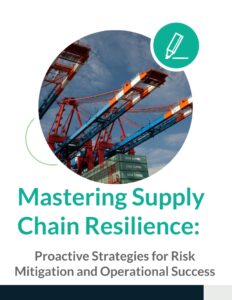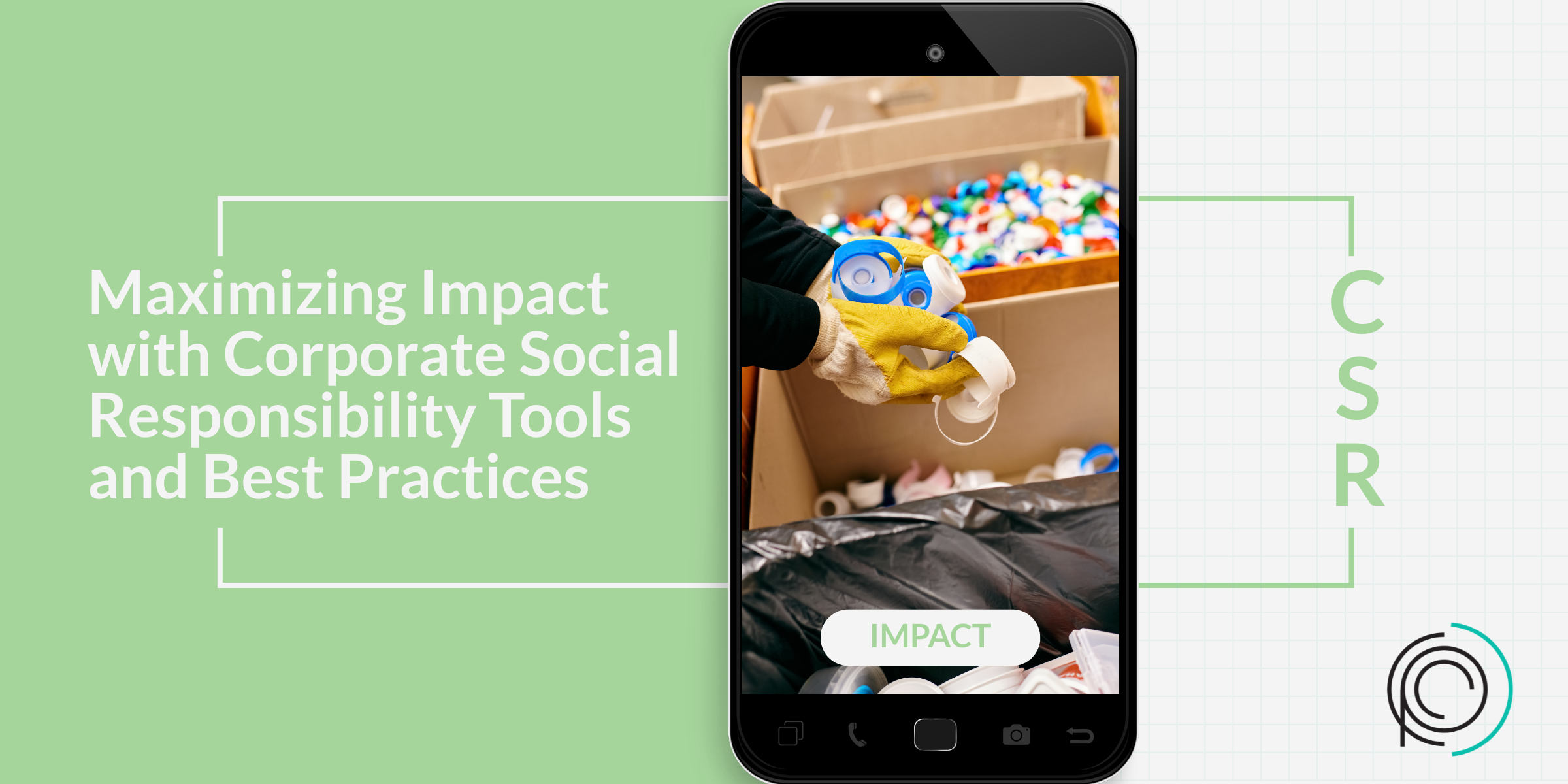When uncertainty hits—whether it’s a market downturn, revenue dip, or shifting demand—many companies instinctively reach for the fastest-acting cost-cutting lever: headcount reduction.
On the surface, it seems logical. Fewer people equals lower payroll. Right?
But here’s the thing: cutting staff as a first response doesn’t solve the problem. It signals a bigger one.
And in most cases, it costs you far more than it saves.
What You Shouldn’t Do First
Layoffs may appear to be the “quick fix” for controlling expenses. But what you gain in short-term relief, you lose in long-term capability:
-
IBM found that layoffs led to long-term innovation stagnation due to lost institutional knowledge. After widespread cuts in the 1990s, the company took years to recover talent capacity.
-
McKinsey research shows that in cost-cutting environments, companies that avoid cutting headcount and instead invest in productivity outperform peers in revenue growth by over 30% in recovery periods.
-
During the pandemic, Airbnb famously pivoted to streamline its operations, reduce marketing spend, and focus on core services. Layoffs were part of the picture—but they weren’t the first lever pulled. The strategic clarity they built afterward created one of the most resilient recoveries in travel.
The Real Risk: Solving the Wrong Problem
When leaders default to layoffs, it’s often because they’re reacting—not responding. And there’s a difference. A reaction is fear-based and immediate. A response is informed, strategic, and considers second-order effects.
Before slashing your workforce, ask:
-
Do we understand what’s driving cost overruns?
-
Are our teams working at cross-purposes due to broken processes?
As Gartner noted in its 2023 Cost Optimization Guide, companies that lean on blanket budget cuts without structural diagnostics often end up “cutting muscle, not fat.”
So, What Should You Do Instead?
Here are 5 cost-cutting moves that don’t require layoffs—and deliver real, sustainable savings:
1. Eliminate Redundant Technology
A 2022 study by Zylo found that the average company wastes $17M annually on unused or underutilized SaaS tools. A technology audit—mapping usage, renewals, and cross-functional overlap—can immediately recover budget without touching payroll.
2. Fix Inefficient Workflows
According to IDC, companies lose 20-30% of revenue each year due to process inefficiencies. Mapping out workflows across teams (especially where manual handoffs or outdated SOPs exist) often uncovers delays and rework that drain time and money.
3. Reevaluate Vendor Agreements
The UK’s National Health Service (NHS) saved £300 million by renegotiating contracts and consolidating procurement efforts in 2020. The same principle applies to commercial businesses: negotiate aggressively, benchmark pricing, and sunset what’s no longer serving the business.
4. Cross-Train and Reallocate Talent
When Siemens shifted to a leaner production model in its Amberg plant, it retrained staff rather than reduced headcount. Result: productivity increased 1400% over two decades. Skill mobility helps companies remain flexible without increasing payroll.
5. Align Projects to Strategy
PMI’s Pulse of the Profession Report shows that 11.4% of investment is wasted due to poor project performance. Many “business as usual” projects continue on autopilot with no real connection to today’s strategy. Ruthless prioritization frees up resources fast.
Cutting Smartly Is a Strategic Discipline
One of the most iconic turnaround examples comes from Ford in the mid-2000s. Under Alan Mulally, they avoided bankruptcy (unlike GM and Chrysler) by focusing on operational discipline:
-
Standardized global platforms
-
Reduced complexity in their product lineup
-
Strengthened supplier relationships
-
Maintained workforce stability
They didn’t lead with layoffs. They led with clarity and alignment.
In Uncertainty, Show Strength—Not Panic
Cutting costs is a necessary part of leadership. But how you cut matters just as much as how much you cut.
So before you start counting heads, look deeper. Because real efficiency isn’t about having fewer people— It’s about having fewer obstacles in the way of your people doing their best work.
If you’re navigating cost pressures and want to avoid short-sighted cuts, let’s talk. There’s a better path—one designed, not improvised.







